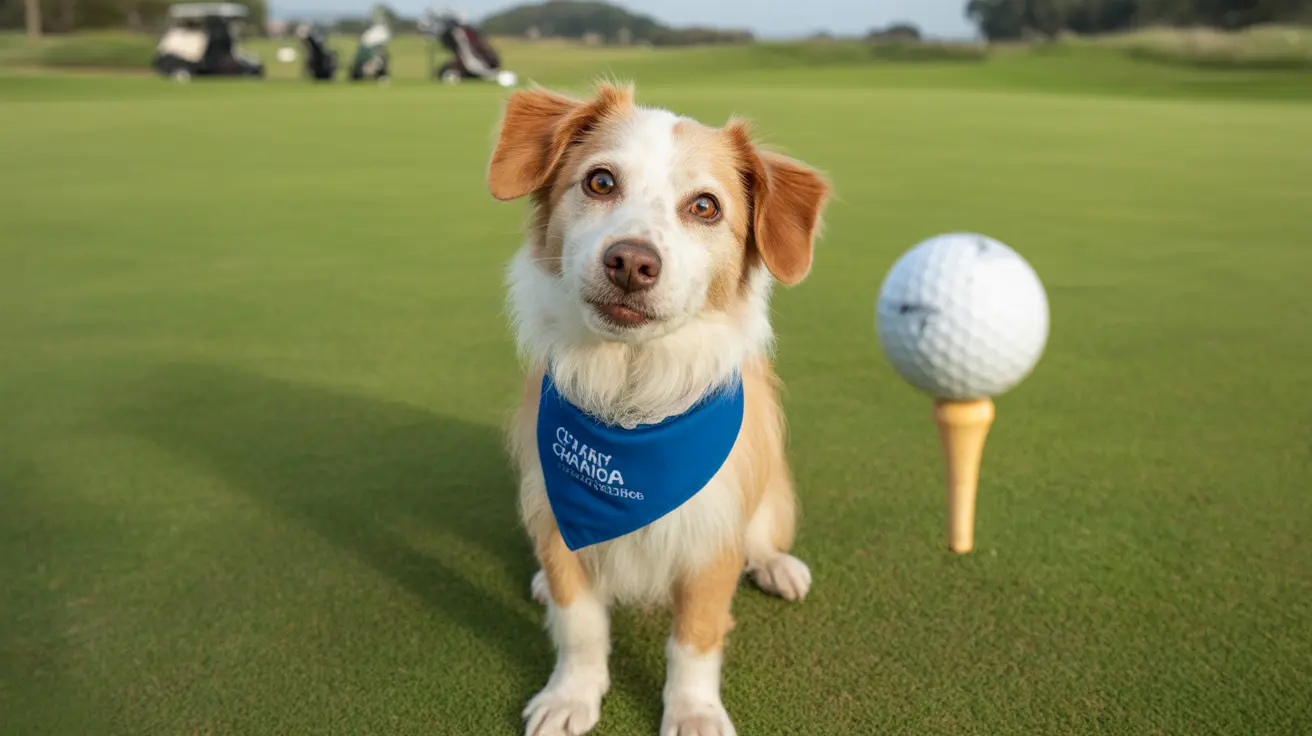Which Fish Are Toxic to Dogs? A Guide for Pet Owners
Feeding your dog fish might seem like a healthy, protein-packed treat. After all, many types of fish are rich in omega-3 fatty acids and lean protein, both essential for canine health. However, not all fish are safe for dogs to consume. Some species can be toxic or may carry parasites and bacteria that are dangerous to your pet, especially when raw or improperly prepared.
Fish That Are Toxic or Dangerous to Dogs
Here are several types of fish that can pose health risks to dogs:
- Salmon (especially wild-caught): Raw salmon, particularly from the Pacific Northwest, can carry a deadly parasite called Neorickettsia helminthoeca, which causes Salmon Poisoning Disease (SPD) in dogs.
- Trout: Like salmon, raw or undercooked trout can also transmit SPD if infected with the same parasite carrying Nanophyetus salmincola.
- Sturgeon: Often found in wild rivers, these fish can carry parasites and bacteria harmful to dogs, especially when consumed raw.
- Tilefish, King Mackerel, and Swordfish: These larger predatory fish are known to contain high levels of mercury, which can be toxic to dogs and cause gastrointestinal and neurological issues over time.
- Farm-raised fish: These might contain harmful dyes, antibiotics, and toxins depending on farming practices, posing potential risks to canine health.
Why Some Fish Are Dangerous for Dogs
The reasons why certain fish are dangerous to dogs include:
- Parasites and Bacteria: Fish like salmon and trout can harbor harmful microorganisms. If the parasites are not destroyed by cooking, they can cause severe illness or death.
- High Mercury Content: Predatory and long-lived fish accumulate more mercury over time, and mercury poisoning in dogs can result in symptoms such as vomiting, loss of coordination, and even kidney damage.
- Bones: Fish bones are a major choking hazard and can splinter, causing internal damage or gastrointestinal obstruction.
- Preservation Chemicals: Some dried or preserved fish may contain high salt or preservatives like ethoxyquin, which are harmful to dogs.
Symptoms of Fish Toxicity in Dogs
If a dog consumes toxic fish, the signs may appear within hours to days. Watch out for:
- Vomiting or diarrhea
- Lack of appetite
- Lethargy
- Fever
- Swollen lymph nodes
- Seizures (particularly in cases of mercury poisoning)
In the case of salmon poisoning, the symptoms typically begin 5–7 days after ingestion. This is a veterinary emergency, and dogs may die within two weeks if not treated.
Safe Fish Choices for Dogs
Not all fish are harmful—some can actually be healthy if properly prepared. Dogs can safely eat:
- Salmon (cooked and boneless)
- Cod
- Whitefish
- Tilapia
- Sardines (low in mercury and high in omega-3)
Always cook the fish thoroughly, remove all bones, and avoid seasoning or frying.
Preventing Fish-Related Illness in Dogs
To avoid fish-related poisoning or illness:
- Never feed raw fish to your dog, especially salmon or trout.
- Ensure all fish is fully cooked and boneless.
- Choose species that are low in mercury.
- Limit portion sizes based on your dog’s size and dietary needs.
- Avoid fish with strong preservatives or curing agents.
When to Contact a Veterinarian
If your dog consumes a questionable fish or shows signs of illness after eating fish, contact your veterinarian immediately. Time is critical, especially in cases of Salmon Poisoning Disease or mercury exposure. Bring a sample or description of the fish consumed if possible.
Conclusion
While fish can be a nutritious addition to your dog’s diet, not all types are safe. Fish like wild salmon, trout, or tilefish can pose toxic threats due to parasitic or chemical contamination. The key to safely feeding your dog fish lies in cooking properly, choosing safe species, and avoiding raw or high-risk varieties. Always consult your vet before introducing new proteins to your dog’s meals to keep them safe, happy, and healthy.





